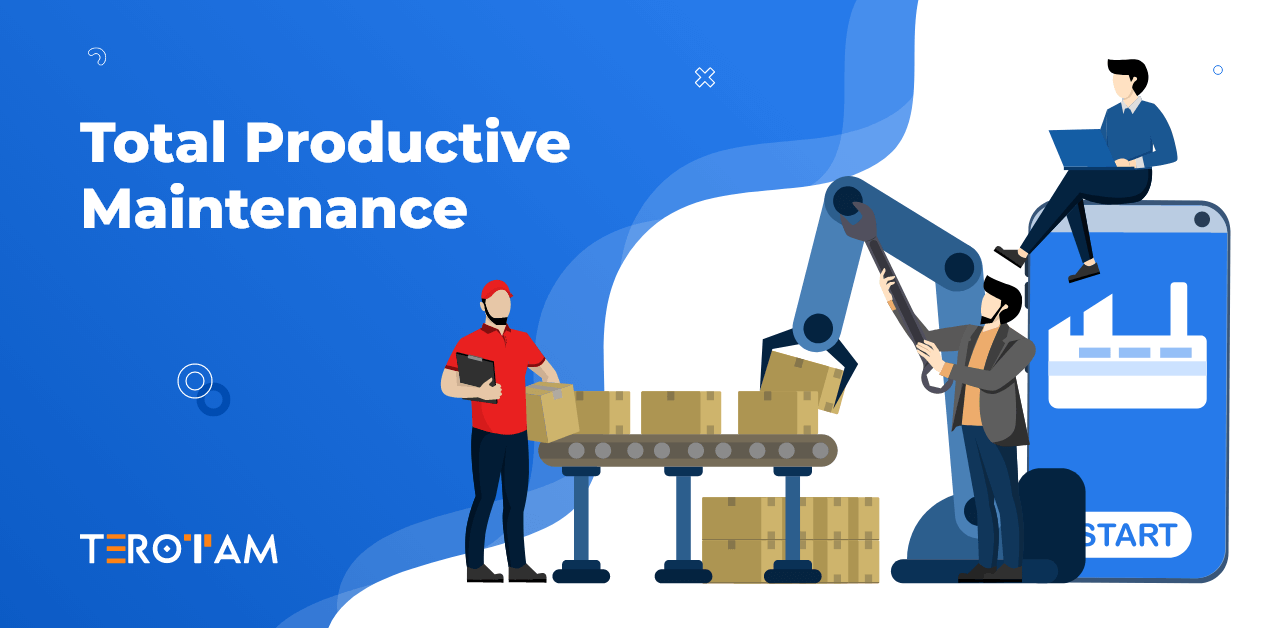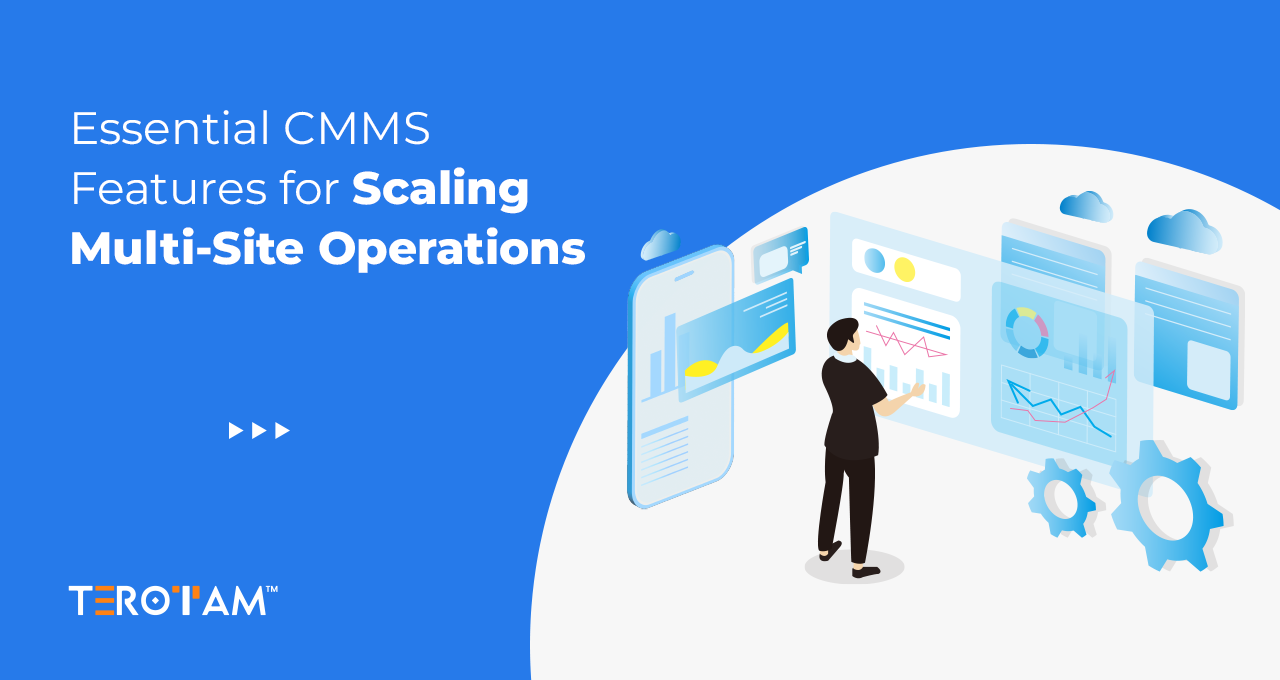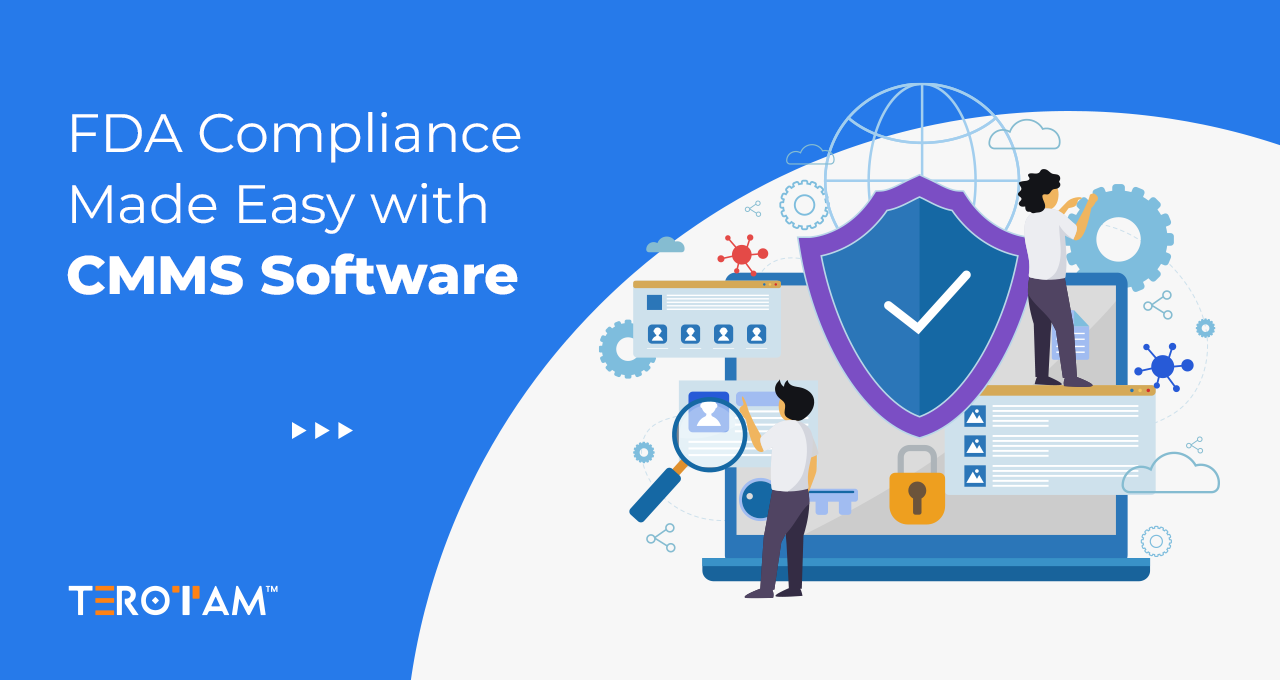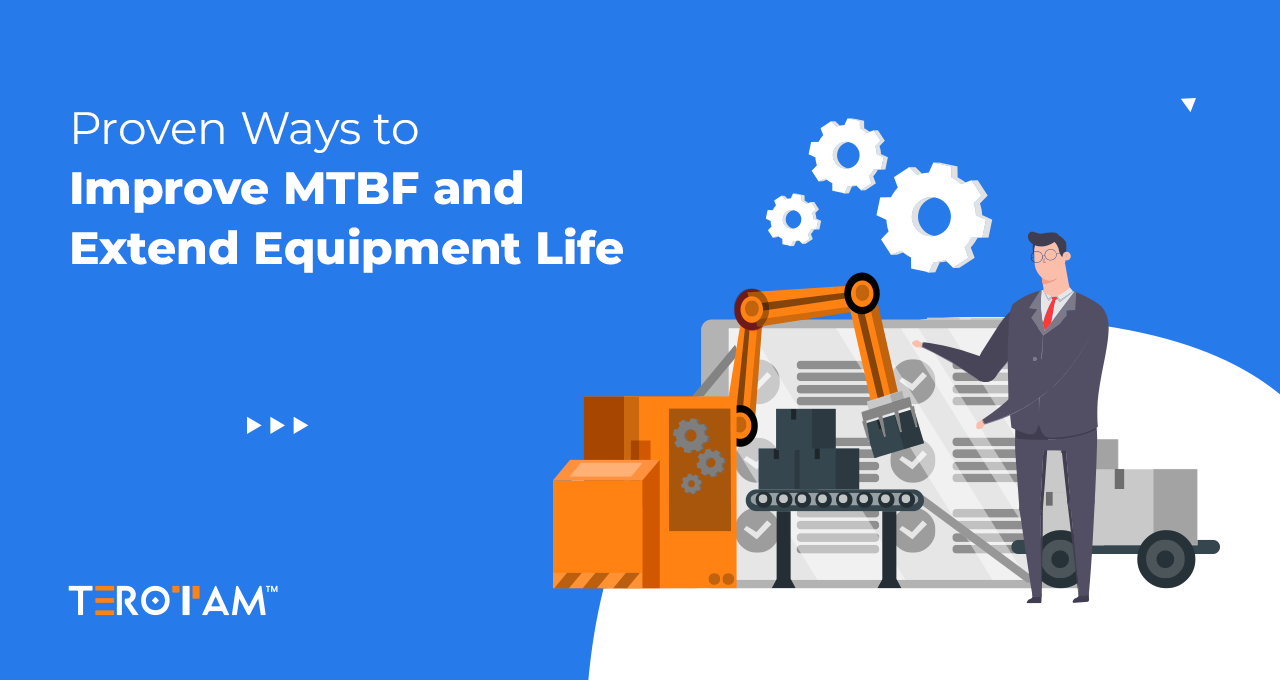Businesses constantly look for innovative ways to stay ahead of the curve in an industry where productivity and efficiency are critical to success. One such technique that is becoming more and more popular is called Total Productive Maintenance. TPM arises as a comprehensive approach to equipment management as firms struggle to minimize downtime, maximize output, and cultivate a culture of continuous improvement. However, what distinguishes this concept from conventional maintenance methods, and how it may completely transform how companies manage their day-to-day operations, is something that needs to be understood.
In this conversation, we will look into the fundamental aspects of Total Productive Maintenance, shedding light on its core principles, mechanisms, and the transformative impact it can have on an organization’s operational performance.
Let’s get started.
The Concept of Total Productive Maintenance
Total Productive Maintenance (TPM) is not just a maintenance strategy; it’s a cultural shift in how organizations view and manage their equipment. Originating from the Toyota Production System in Japan, TPM goes beyond the traditional reactive and preventive maintenance approaches. At its core, TPM is about creating a mindset that emphasizes proactive measures and involves every member of the organization in the pursuit of optimal equipment performance.
Unlike conventional maintenance practices, TPM is not solely focused on fixing issues as they arise or conducting periodic maintenance to prevent failures. Instead, it seeks to eliminate losses in the production process by addressing the root causes of inefficiencies, breakdowns, and defects. The ultimate goal is to create a work environment where equipment operates at its best, downtime is minimized, and the entire organization is committed to continuous improvement.
How Does Total Productive Maintenance Work?
Total Productive Maintenance strives to eliminate losses in the production process by fostering a culture of ownership and continuous improvement. The methodology focuses on empowering employees to take responsibility for the maintenance of equipment, instilling a sense of pride and accountability.
Let’s check out the way it works in detail.
1. Proactive Maintenance Strategies
Central to the effectiveness of Total Productive Maintenance (TPM) is the shift from reactive to proactive maintenance strategies. Traditional maintenance often involves responding to equipment failures as they occur, leading to unplanned downtime and production disruptions. TPM, on the other hand, emphasizes anticipating and preventing issues before they escalate. This proactive approach is achieved through a combination of autonomous maintenance and planned maintenance activities.
Autonomous Maintenance:
Operators are actively involved in the day-to-day care of equipment. They perform routine tasks such as cleaning, lubricating, and inspecting machines, enabling them to detect and address minor issues early on. This not only reduces the burden on maintenance teams but also instills a sense of ownership among operators for the equipment they operate.
Planned Maintenance:
TPM introduces scheduled maintenance activities based on data and analysis, rather than fixed time intervals. This data-driven approach ensures that maintenance tasks are performed when necessary, minimizing downtime and optimizing the life cycle of equipment.
2. Overall Equipment Efficiency (OEE)
A key metric in TPM is Overall Equipment Efficiency (OEE). OEE is a measure of how effectively equipment is utilized in the production process, considering factors such as availability, performance, and quality. TPM aims to maximize OEE by addressing the causes of inefficiency in each of these areas.
Availability:
TPM focuses on reducing downtime by addressing issues that lead to equipment breakdowns. This involves both proactive maintenance to prevent failures and quick response to address unexpected issues.
Performance:
Improving the speed and efficiency of equipment is another focus of TPM. This includes optimizing processes, reducing cycle times, and ensuring that equipment operates at its designed capacity.
Quality:
TPM contributes to higher product quality by addressing issues that lead to defects. By preventing equipment malfunctions and ensuring consistent operation, TPM helps in producing high-quality products consistently.
3. The 5 S of TPM
The principles of the “5 S” methodology play a crucial role in the successful implementation of TPM. The 5 S’s—Sort, Set in order, Shine, Standardize, and Sustain—focus on creating an organized and efficient workplace. This not only contributes to safety and cleanliness but also sets the stage for effective TPM implementation.
Sort:
Eliminate unnecessary items and organize the workspace to ensure that only essential items are present.
Set in order:
Organize and arrange necessary items in a systematic manner for easy access and efficient workflow.
Shine:
Regularly clean and maintain the workspace and equipment to prevent dirt and debris from causing issues.
Standardize:
Establish standard operating procedures for maintenance and cleanliness, ensuring consistency across the organization.
Sustain:
Develop practices to sustain the improvements made through the 5 S methodology over the long term.
4. Continuous Improvement Culture
TPM instills a culture of continuous improvement throughout the organization. Employees at all levels are encouraged to identify opportunities for improvement, participate in problem-solving initiatives, and contribute to the ongoing evolution of processes. This commitment to continuous improvement ensures that TPM becomes an integral part of the organizational DNA, adapting to changing circumstances and technologies.
5. Cross-Functional Collaboration
One of the unique aspects of TPM is its emphasis on cross-functional collaboration. It brings together different departments, including production, maintenance, quality control, and management, to work towards common goals. This collaborative approach ensures that all aspects of equipment management are considered, leading to comprehensive and effective solutions.
Benefits of Total Productive Maintenance
1. Maximized Equipment Availability
- Proactive maintenance minimizes unplanned downtime.
- Ensures machinery is operational when needed, enhancing overall productivity.
- Swift identification and resolution of issues.
- Extended equipment lifespan through optimized care and preventive measures.
2. Elevated Product Quality
- Prevention of defects through quality maintenance practices.
- Consistent equipment operation results in improved product quality, enhancing customer satisfaction.
3. Heightened Productivity
- Streamlined processes and reduced cycle times through autonomous maintenance.
- Optimization of workflow leads to a substantial increase in overall productivity.
- Continuous improvement initiatives actively contribute to operational efficiency.
- Quick problem resolution prevents disruptions, maintaining smooth operations.
4. Cost Savings
- Substantial reduction in overall maintenance costs.
- Efficient resource utilization through a focus on continuous improvement contributes to long-term savings.
- Preventive maintenance minimizes the need for costly reactive measures.
5. Enhanced Employee Engagement
- Active involvement of employees at all levels fosters a sense of ownership.
- Autonomous maintenance empowers operators, positively impacting morale and job satisfaction.
Conclusion
When it comes to operational efficiency, Total Productive Maintenance is revolutionary since it guarantees smooth operations and increased production. TPM promotes consistency in product quality and cost savings by optimizing equipment availability and optimizing operations through proactive maintenance. This extends beyond immediate advantages.
But its real power is found in the cultural change it brings about, which gives workers a sense of empowerment and ownership. TPM is a dynamic movement that is transforming how organizations function and innovate in the ever-changing industry landscape and driving them towards sustainable excellence. It is more than just a methodology.








